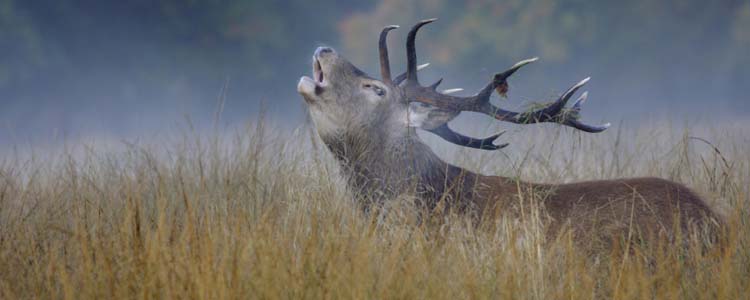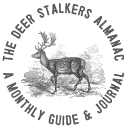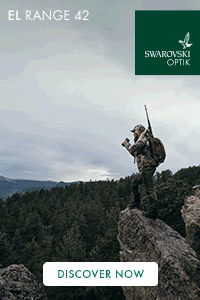In the UK January is typically the coldest month of the year and in certain parts of the UK, especially the highlands of Scotland that means snow.

Ask a dozen recreational stalkers about their most unforgettable winter hunts, and many will mention the white stuff.
It may be the dramatic effect it has on the appearance of the landscape, or perhaps there's an undeniable beauty in the stark contrast of crimson blood against pure white snow. Whatever the reason, stalking deer in such conditions leaves a lasting impression.
I, myself, have vivid memories of striking snow-covered landscapes in both the south of England and in the highlands of Scotland.
Whether winter stalking is a regular pursuit for you or not, one thing is certain: when snow arrives, a successful stalker must adapt.
In the highlands of Scotland where snow falls on as many as 70 days a year, wearing winter whites on snowy days on the open hill is essential if you are going to blend in and avoid drawing attention to yourself.
On lower ground, whilst whites may not be necessary, adjusting your strategy is equally important.
In cold, windy conditions, deer often seek shelter among trees and dense undergrowth. Indeed, I am aware of a favourite spot on my ground, where, during snow or hard frost, Fallow deer can often be found resting on a warm bed of pine needles beneath the thick canopy of conifers, and who can blame them?
Before heading out, take a moment to reflect: "Where would I seek shelter?" This simple question can set you on the right path for a successful hunt.
In terms of general deer behaviour, during January the herding species, generally split into male and female herds, and in the Highland red deer will typically have returned to their home ranges.
Further south, and for those stalking Chinese Water Deer, the December rut is over, but both buck and doe will remain active and in season until the end of March. As food becomes scarcer, these normally solitary deer will begin to group together in areas of good grazing.
Roe deer, on the other hand, are now found in established family groups. The Roebuck which is protected in England & Wales at this time of year, begin to show some antler development and the females will exhibit the early signs of pregnancy after a period of delayed implantation.
If you are resilient enough and enjoy stalking in winter landscapes, January can be an exciting month. Happy new year!
 IN Season in England & Wales: Roe Doe, Fallow Doe & Fallow Buck, Sika Stag & Sika Hind, Red Stag & Red Hind, CWD Buck & CWD Doe, Muntjac Buck & Muntjac Doe.
IN Season in England & Wales: Roe Doe, Fallow Doe & Fallow Buck, Sika Stag & Sika Hind, Red Stag & Red Hind, CWD Buck & CWD Doe, Muntjac Buck & Muntjac Doe.
OFF Season in England & Wales: Roebuck.
In Season in Scotland: All deer.
(Peter S Jones - editor)



















